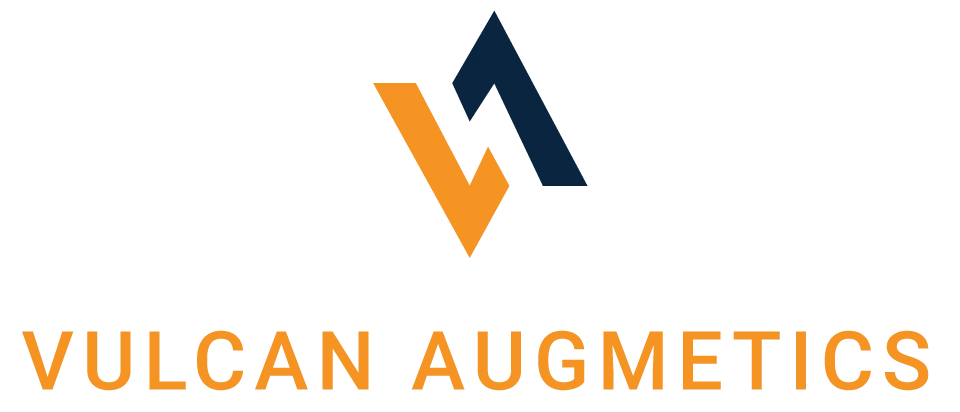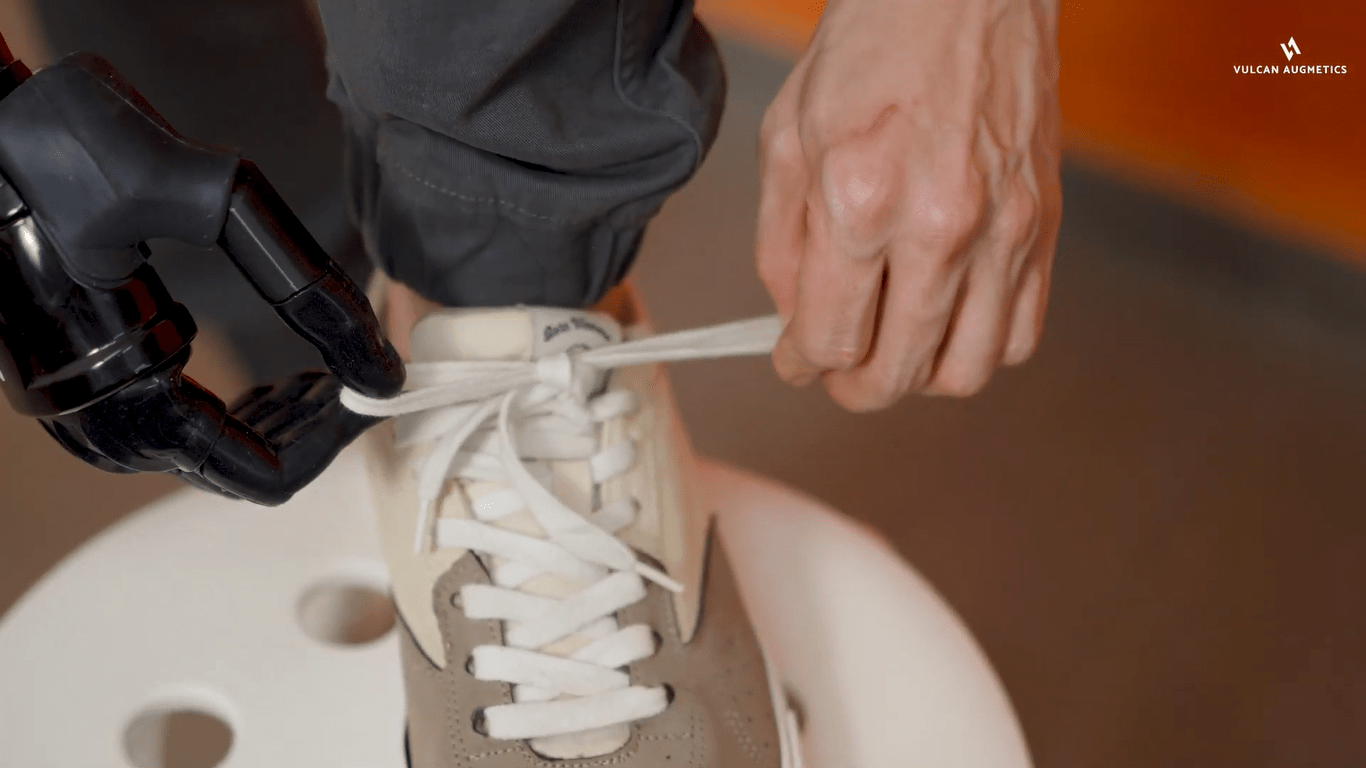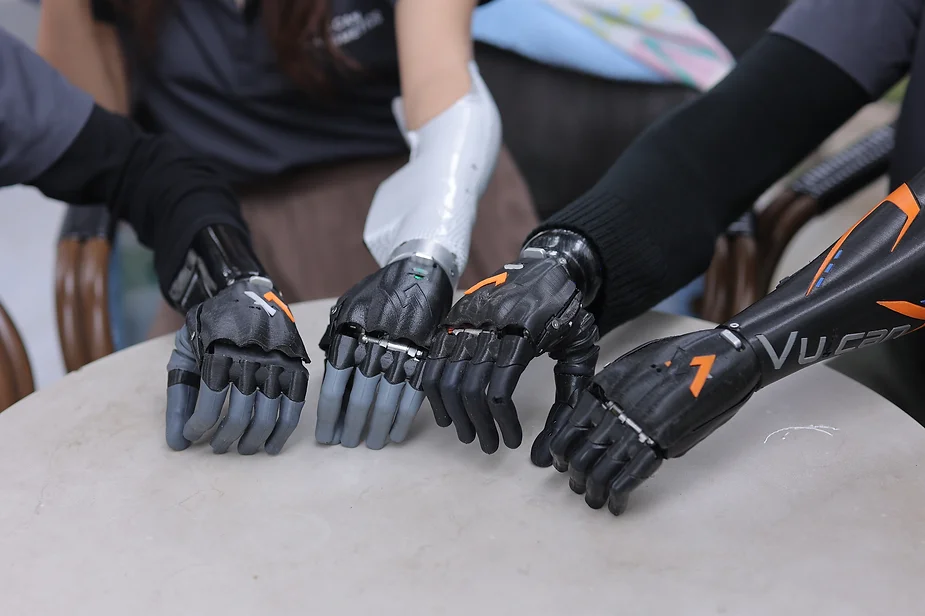Losing a limb due to an accident is a life-altering experience, impacting not just physically but emotionally as well. However, technological advancements bring hope to those facing such challenges. Myoelectric hands, a type of advanced upper limb prosthetic, have revolutionized the lives of many amputees, enabling them to regain independence and confidence. This article shares the inspiring journey of Hai, who found renewed purpose with a myoelectric hand from Vulcan Augmetics after losing his hand in an electrical accident. Hai’s Journey: Hai, an electrical worker in Bac Giang, Vietnam, was full of ambition before a tragic accident in late 2019. Electrocuted at work, Hai faced the devastating reality of losing his right hand to save his life. The immediate aftermath was emotionally overwhelming as he grappled with his new reality and the challenges of daily tasks. Reactions from others added to his struggle, with some showing fear or discomfort around him. Discovery of Vulcan Myoelectric Hand: In 2021, Hai discovered the Vulcan Myoelectric Hand through a video, sparking hope for a better future. After contacting Vulcan and meeting with Duoc, a fellow amputee and Vulcan representative, in Hanoi, Hai experienced the Vulcan Flex Hand firsthand. This marked a turning point. Starting with basic tasks like grasping small objects, Hai gradually relearned everyday activities. The journey wasn’t without challenges, but each small achievement, from tying shoelaces to helping at his family’s store, boosted his confidence. Myoelectric prosthetics, utilizing muscle signals to control movements, have empowered individuals like Hai to reclaim independence. These prosthetics enable tasks once taken for granted, like opening doors or using utensils, restoring a sense of normalcy and reducing reliance on others. Not only did this process of relearning provide Hai with a renewed sense of accomplishment, but it also helped him regain control over his life. When Hai went back to the gym with his new Vulcan Flex Hand and started exercising with the module designed to support him in doing push-ups, everyone there was amazed by his ability and how cool he looked now. Some said he looked like Ironman, some said he was like Marvel’s Winter Soldier and they all were so curious about the Vulcan hand works. From trying to hide his stump whenever he could, Hai is now so proud of wearing his Vulcan hand on crowded occasions. Day by day, Hai regains his confidence little by little. The Vulcan myoelectric hand became an essential tool in his daily routine, enabling him to perform tasks independently and with confidence. Myoelectric prosthetics are cutting-edge devices that utilize sensors to detect muscle signals. These sensors are strategically placed on the remaining arm muscles, allowing the user to control the movements of the prosthetic hand by simply tensing and relaxing their muscles. This means that activities like grasping objects, opening doors, or using utensils can be accomplished once again. Myoelectric hands have revolutionized the lives of individuals like Hai, enabling them to regain independence and control over their daily activities. With this innovative technology, amputees no longer have to rely on others for assistance in performing basic tasks. As Hai embraced his new life with the myoelectric hand, he realized that his journey could serve as an inspiration to others facing similar challenges. He wants to be a beacon of hope for the amputee community, showing them that it is possible to regain confidence and independence even after such a traumatic event. He is no longer just rebuilding his confidence; he is igniting hope and determination in others. When we asked Hai if there was anything he would want to share from his journey, he just smiled and said “I hope that other people with disabilities can stop caring about what others think of them and know that the important thing is to believe that you can do what you want to do, so you will have the confidence and motivation to revive yourself.”. Just like Hai, it is also what Vulcan wants everybody to remember: amputees are not defined by their loss but by their ability to adapt, overcome, and thrive. Through Vulcan limb prosthetics and a supportive community of Vulcan’s users, the disabled can embrace a new beginning, confident in the knowledge that the future holds endless opportunities for growth and happiness. From Hai’s experience with Vulcan myoelectric hands, Vulcan can receive very realistic and up-to-date feedback so they can come up with more advanced technology and more suitable designs for Vulcan prosthetics to support the actual needs of the disabled. All versions of Vulcan’s myoelectric hand have always been updated for customer – focused purposes. Together, Hai and Vulcan hope to make a difference in the lives of amputees and build a future where no one feels defined by their disability but rather empowered by their unique journey.









